Faster is slower – towards systemic education transformation
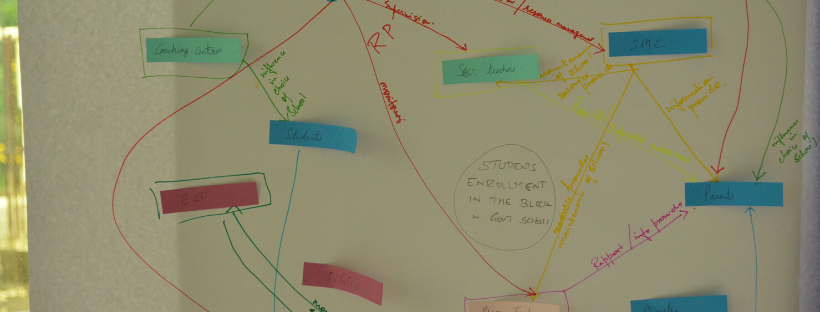
“We believe quality will come from the non-governmental sector. The scale will come from the Government, and the two have to work in tandem if we have to bring about a revolution in the manner in which education is to be delivered in this country.”
– Mr. Anil Swarup, Secretary, Department of School Education & Literacy, MHRD, Govt. of India
Systemic transformation in education is a new buzz word, we have been hearing lately. In this article, let us explore what ‘systemic transformation’ is and what does it mean in the context of our education system.
Systemic Transformation
Typically a system refers to the structures, processes, and resources associated with it. So a systemic transformation would mean bringing about change at two levels – a) the existing structures and processes and b) the beliefs, behavior and capacity of existing stakeholders that form the system.
The education system in India
With over 1.5 million public schools and hundreds of thousand private schools, India has one of the world’s largest education system. There are more than 15 million teachers and over 2 million school leaders and thousands of Govt. functionaries, who are working at different levels of education system. This also implies that there are existing formal processes and structures to support the interaction among these stakeholders including their recruitment, capacity building, performance management etc. and to support the core functions of teaching-learning in schools. (More on Indian Education system)
Systemic Education Transformation
No transformation effort is either simple or easy. While any non-profit can work on creating parallel support structures to the formal system or can create stand-alone centers of excellence, if one aspires to bring about impact at scale, one has to engage with the existing formal system and related stakeholders. In case of education, the system includes our schools, teachers, school leaders, Govt. functionaries, community, and the state. Change efforts at any level ought to have a ripple effect.
Thus, taking a systemic view also ensures sustainability of change efforts. It helps us identify the inter-dependencies and interactions in the system. One is aware of the barriers that can negatively affect the intervention and of the strengths that can be positively leveraged to promote stickiness of change. This allows one to make informed choices and increases the possibility of success.
However, engaging with existing systems also means a possibility of higher resistance in the beginning and thus, a slower progress towards seeing visible changes. But as Peter Senge mentions in ‘The Fifth Discipline’ that ‘Faster is slower’ and ‘The easy way out usually leads back in’. So, let us not get led back in.
Two guiding questions to ask oneself are: a) Am I working with the existing system or creating a parallel one?; b) Am I working to improve the agency of the stakeholders in the mainstream system or to weaken/obviate them?
EduMentum seeks applications from education enthusiasts who are willing to engage in systemic education transformation. It is incubation support for early-stage non-profit organizations in education and promises to offer effective support in areas of program design and organization building.
To know more, visit our website or write to us at apply@edumentum.org.
-Written by Ms. Khushboo Awasthi, Co-founder, Mantra4Change












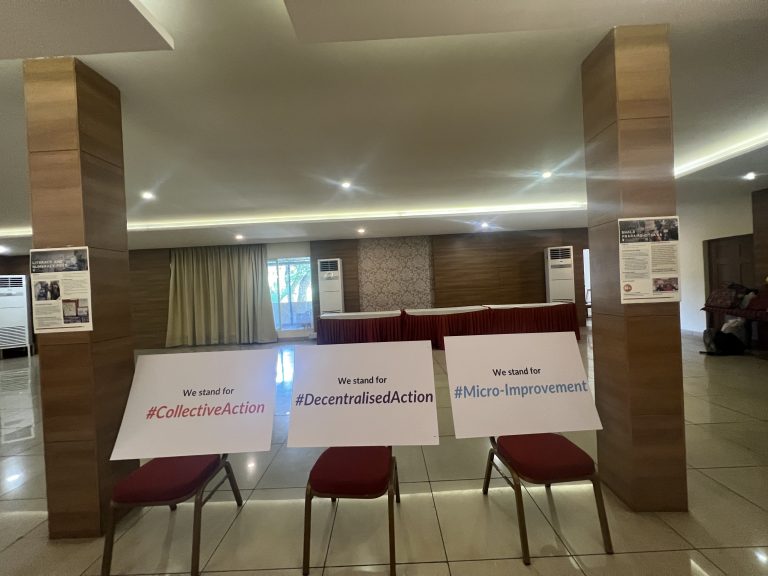





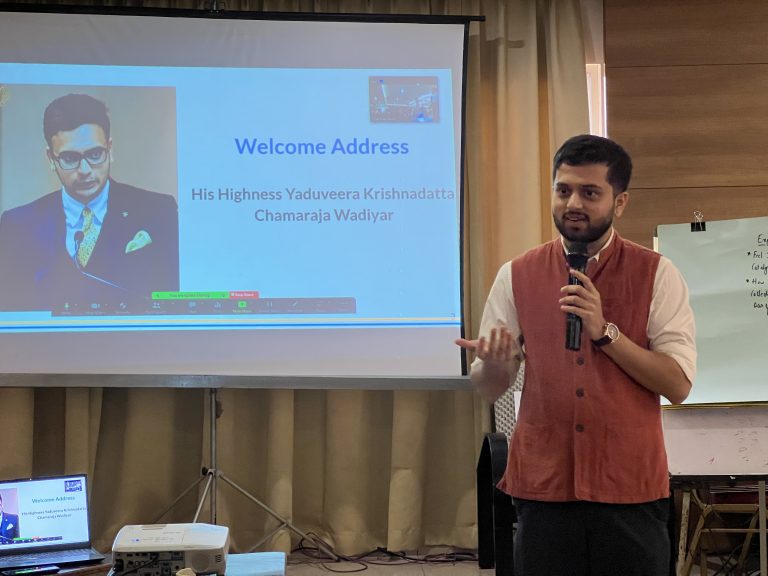











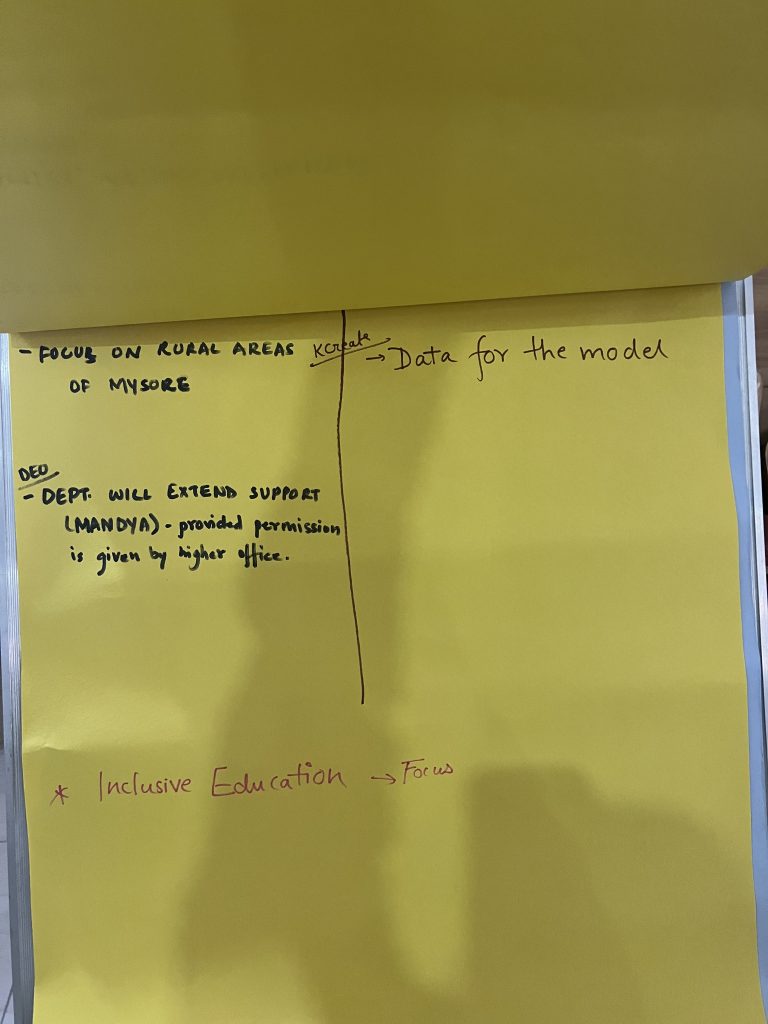
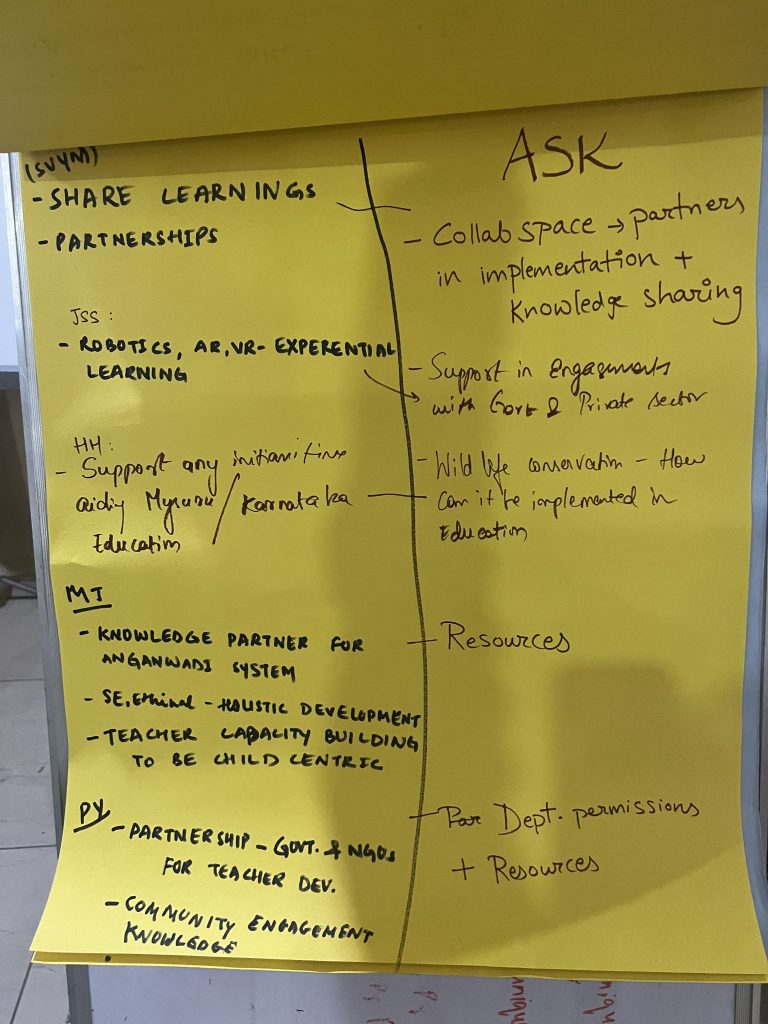

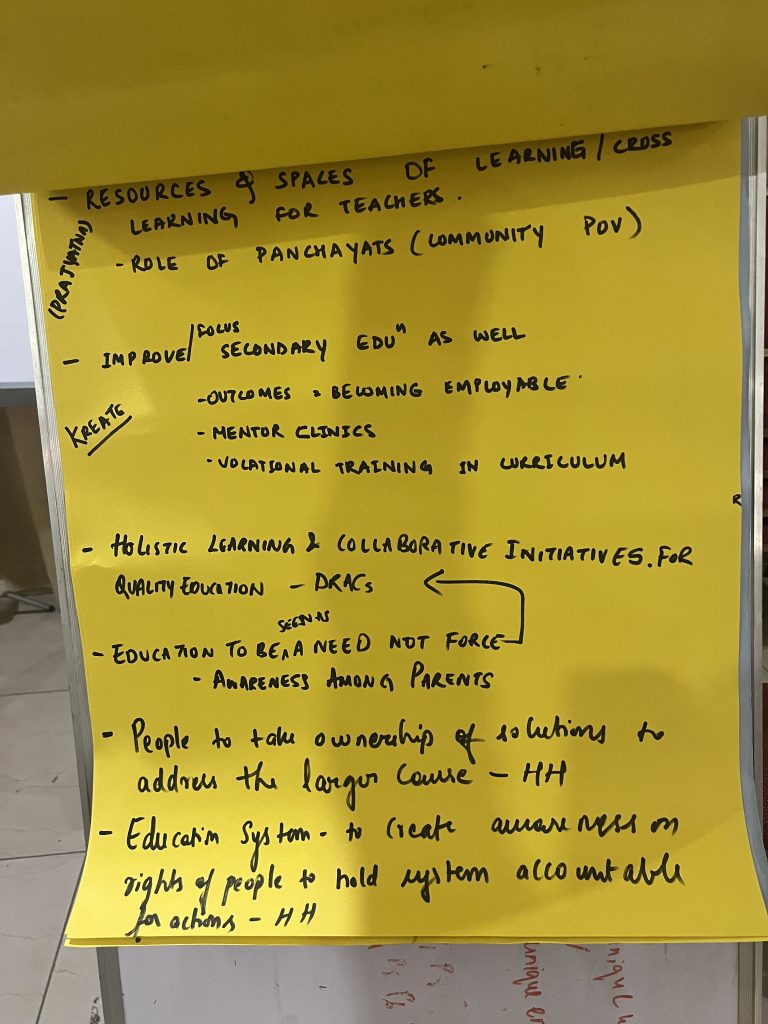
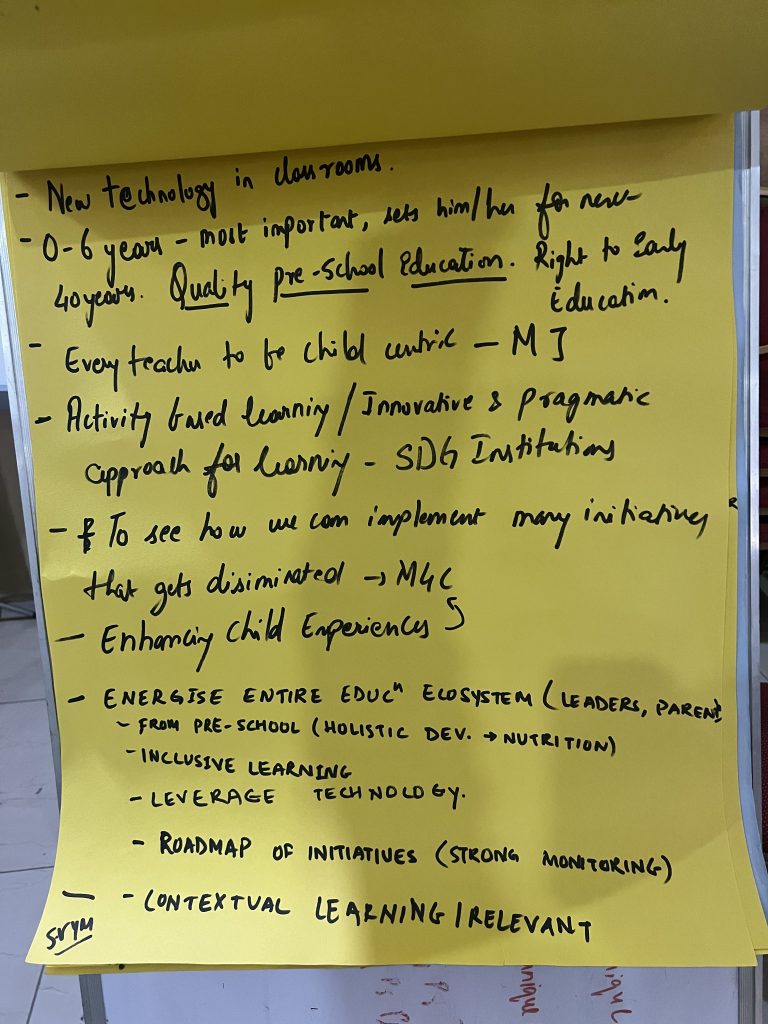
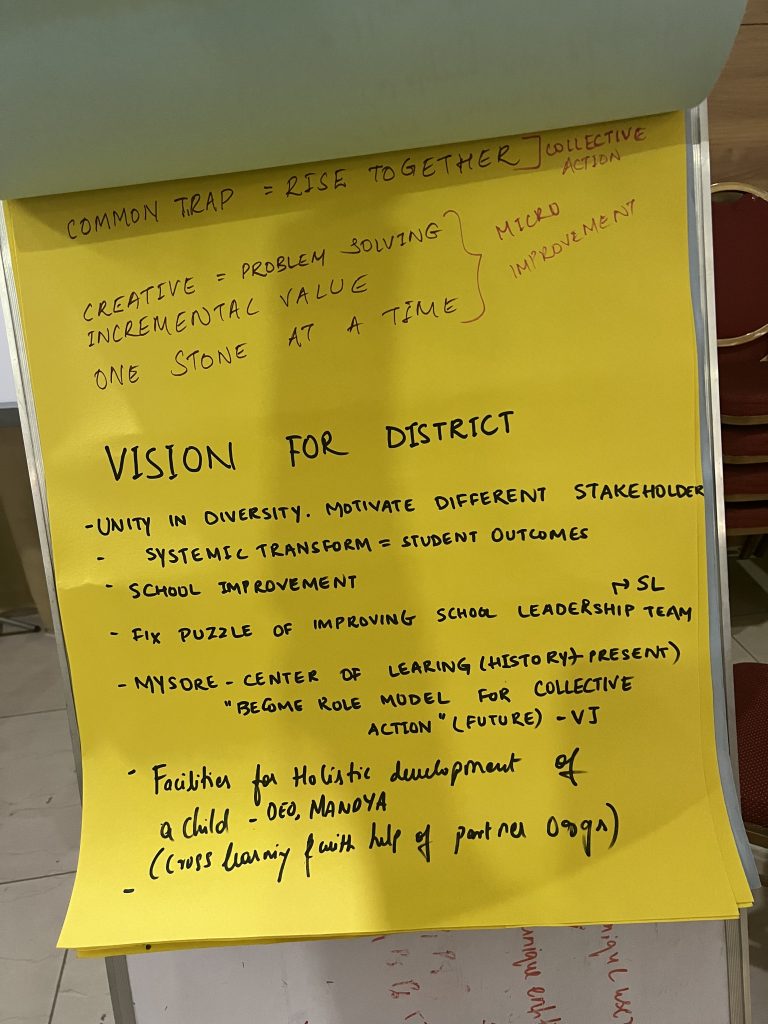
0 Comments